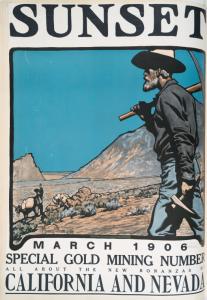We've
previously talked about office space for knowledge workers, and Joel's
post on the new Fog Creek offices (see
slideshow) got me thinking about it again. Joel has some funny quotes
And I also knew that if I wasn’t intimately involved in every detail of the construction, we’d end up with the kind of life-sucking dreary cubicle hellhole made popular by the utopian workplace in “Office Space.”
Joel likes his Herman Miller and
Arne Jacobsen chairs.
I like an
Aeron chair and multiple big monitors as much as the next guy, but is it really worth it to have custom remodeled office in Manhattan? I've asked the same questions about ACM's NYC headquarters. How about puttin' it in Minot and saving us ACM members some money? :)
But seriously, I have no problem with providing a good environment to keep software people productive and satisfied. When I was at the Software Engineering Institute every office had a french door, and either a window or a view to the outside through the french door. The building was designed for the SEI (a description in architect-speak is
here). One thing that didn't seem to work was from each office to the outside hall or lobby was a large but short conduit. I think the idea was to keep noise down by putting the computer outside in the hallway. I didn't see anyone actually do that :) Other things I seem to remember is people putting their MBTI
diagram outside their office door so that you knew the personality you'd encounter, and a heuristic about office doors: closed and latched means don't bother me, closed but ajar means knock and come in if it's important, and open meant all visitors are welcome :)
Probably the nicest place I hung around was the short-lived
Wang Institute of Graduate Studies, famous for its graduate software engineering program. It was a former seminary in the New England woods, and had its own pond. The key to the rowboat could be checked out from the receptionist; the boat was great for thinking. The library was the former chapel. Great place, but while we were there Dr. Wang announced he was closing the Institute.
In contrast, JPL and KSC tended to be DIlbertian cube farms for the most part, and unfortunately that's essentially what we have at Digital Campus now at Fresno State.
Bonus: the
sad state of the Open Office (OO.o) project: "it should be clear that OO.o is a profoundly sick project, and worse one that doesn't appear to be improving with age."






